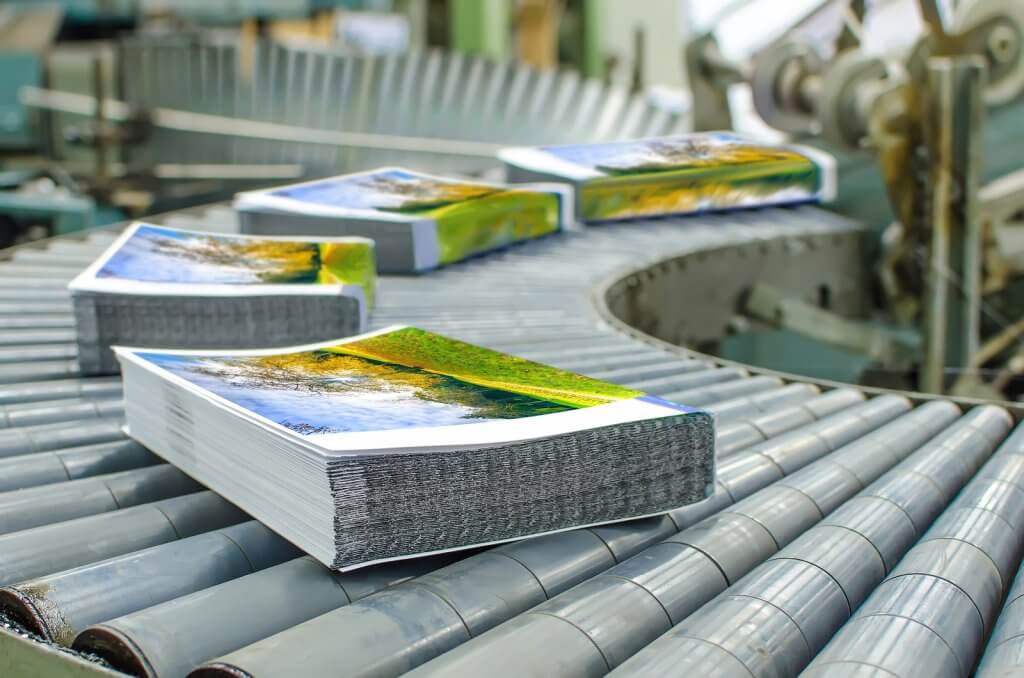Top 10 Future Trends in Supply Chain and Logistics
From the first assembly lines to today’s advanced robotic solutions, the supply chain process is constantly evolving. The latest trends in supply chain and logistics focus on smart, tech-driven management to reduce operating expenses and increase efficiency.
The importance of trends in supply chain and logistics for modern-day businesses
Originated with the military as a way to supply troops with weapons and other goods needed for combat, logistics later evolved into a business concept. This was mainly prompted by the growing demands and complexity of the supply chain process, including transportation of large quantities of goods to distant locations, in line with the globalization of trade.
The logistics and supply chain aspect is vital for any business in terms of supply of quality raw materials, efficient manufacturing process, as well as tracking, transport and storage of the finished goods. Companies implementing well-designed supply chain practices are able to meet consumer needs in a more expeditious and timely manner.
This strengthens customer relationships and loyalty, translating into revenue boost and acquisition of new customers through positive word of mouth.
Hence, let’s look into some key trends expected to affect the shape and development of supply chain practices in the future.
Supply chain digitization
Digitization is the process of using the latest tech solutions together with other physical and digital assets to redesign logistics practices. This way, they can adjust better to the fast-paced, highly competitive, omni-channel business environment.
Digitization improves the speed, dynamics and resiliency of the supply chain operations, leading to greater customer responsiveness and ultimately higher revenue. By embracing digitalization, companies can experience real value, increased revenue and market valuation.
In order to reap the full benefits of digitalization, companies must fundamentally redesign their supply chain strategy. It’s not enough to just embellish it with digital technology.
In the field of digitization, the Internet of Things (IoT) holds a prominent place as a highly transformative technological solution in the logistics sphere. IoT refers to a system of interrelated computing devices allowing transfer of data over networks without human input. It helps companies monitor inventory, manage warehouse stock, optimize fleet routes, and reduce dead mileage.

Artificial Intelligence
Advanced AI solutions have numerous applications in the supply chain, especially the warehousing segment. This includes use of gesture recognition solutions instead of keyboards and mice in the procurement process. It also includes autonomous vehicles (self-driving cars), designed to navigate without human input.
The concept of robotics and automation is also widely implemented in the supply chain. The latest generations of robots are easier to program, more flexible and affordable. Their role is to assist workers with repetitive and physically challenging tasks.
Stronger collaboration in the supply chain process
Solid procurement practices and stronger relationships with suppliers should be considered a priority in the supply chain process.
For instance, the procurement department can utilize the business data on suppliers to enhance supply chain decisions, such as supplier evaluation and recommendations of the best business partners. Also, effective cooperation can help assess risks in the supply chain based on global industrial and political trends as a way to prevent or mitigate danger of stock shortages.
Meanwhile, collaboration in the supply chain can streamline internal processes and reduce overutilization of resources spent on administrative and other time-consuming tasks. As an added bonus, it can help generate referrals from satisfied business partners and bring your more business.
More focus on risk management and supply chain resiliency
There’s no doubt that companies must seriously consider supply chain risk management as a way to prepare for undesirable events. The increasing outsourcing practices, off-shoring, product versatility, supply chain security and substantial interdependence throughout the supply chain further accentuate the importance of dealing with risks in the supply chain.
Still, no matter how sound the plan is, it can’t prevent things from happening. This is where supply chain resiliency comes into the picture. It’s a real measure of the ability of a company to withstand disruptive events.
Steps to make the supply chain more flexible and resilient include visibility throughout the supply chain so disruptions can be detected on time, close cooperation with suppliers and distributors so alternative supply routes can be found, and a good incident response plan to provide a course of action when disruption occurs.

Knowledge work will go global
Nearly half of the work in the modern supply chain is knowledge work. This type of work includes complex analytics, planning and procurement processing.
As businesses go global, the knowledge work in the supply chain should go global as well. This will allow companies headquartered in one country to perform logistics operations, have procurement centers or do analytics in different parts of the world.
Circular supply chain
The term “linear supply chain” refers to the conventional concept where goods flow linearly (from raw material to finished product). Modern logistics practices focus on the circular supply chain concept, involving the use of previously used products as raw materials. The reuse of products and materials is known as reverse logistics, and it is a novel, innovative approach. It helps companies reduce administrative and transportation costs, achieve higher sustainability, better customer service and loyalty, create value and conserve resources.
Used products can be kept in circulation through good cooperation between companies and their suppliers and customers.
Wearable devices
Wearable technology refers to devices designed to be worn by people. Combined with cloud technology, wearable devices help employees access and input data in real time. Through proper data collection and analysis, wearable technology allows companies to maintain control of their inventories. They can also stay up-to-date with product demand.
Warehouse managers can use wearables for fast, accurate collection of inventory data, keeping track of manufactured, stored and distributed products.
Wearables can also monitor vital signs so health problems (exhaustion, heart attacks) among the warehouse workers can be prevented.
Use of SaaS in the supply chain
Use of the software-as-a-service model in supply chain technologies and logistics management is gaining popularity, hand in hand with the rise of cloud computing. This is mostly due to the safety and security of SaaS and the convenience of being able to use only the services you need on pay-per-use basis. SaaS allows companies to avoid high fixed costs of continuous system maintenance, upgrades and infrastructure-related costs.
Enhanced supply chain visibility
Proper analysis of supply chain data can significantly improve business forecasting and decision making. It can also optimize the use of resources involved in inventory management, storage and transport.
Supply chain visibility gives insight into what’s happening at each point of the supply chain. It’s extremely important for the efficiency of the entire supply chain process, including procurement, manufacturing, transport and delivery.
One of the benefits of improved chain visibility is real-time inventory management. It involves use of mobile point-of-sale systems and sensors, and takes inventory management to a whole new level.
For instance, instead of paying for purchased goods in a store, people can just take the desired items, and get charged for the goods on their cards automatically. Furthermore, real-time inventory management allows the goods to be replaced as they are consumed.

Customer segmentation
To address customer needs in the best possible way, companies should segment them into groups. These groups can be based on what triggers customer purchasing decisions, as opposed to a broad generalization.
By implementing a more direct-to-consumer business model and adapting their supply chain strategy to each customer and product, companies can significantly increase their revenue.
At A&A, we make it our business to follow the latest logistics and supply chain trends so we can promptly adjust to the changing market circumstances. That way, we are always ready to respond to our client needs, be it customs brokerage, freight forwarding or warehousing.
In fact, our customers are our most valuable assets and we’ve forged lots of strong relationships over the years.

